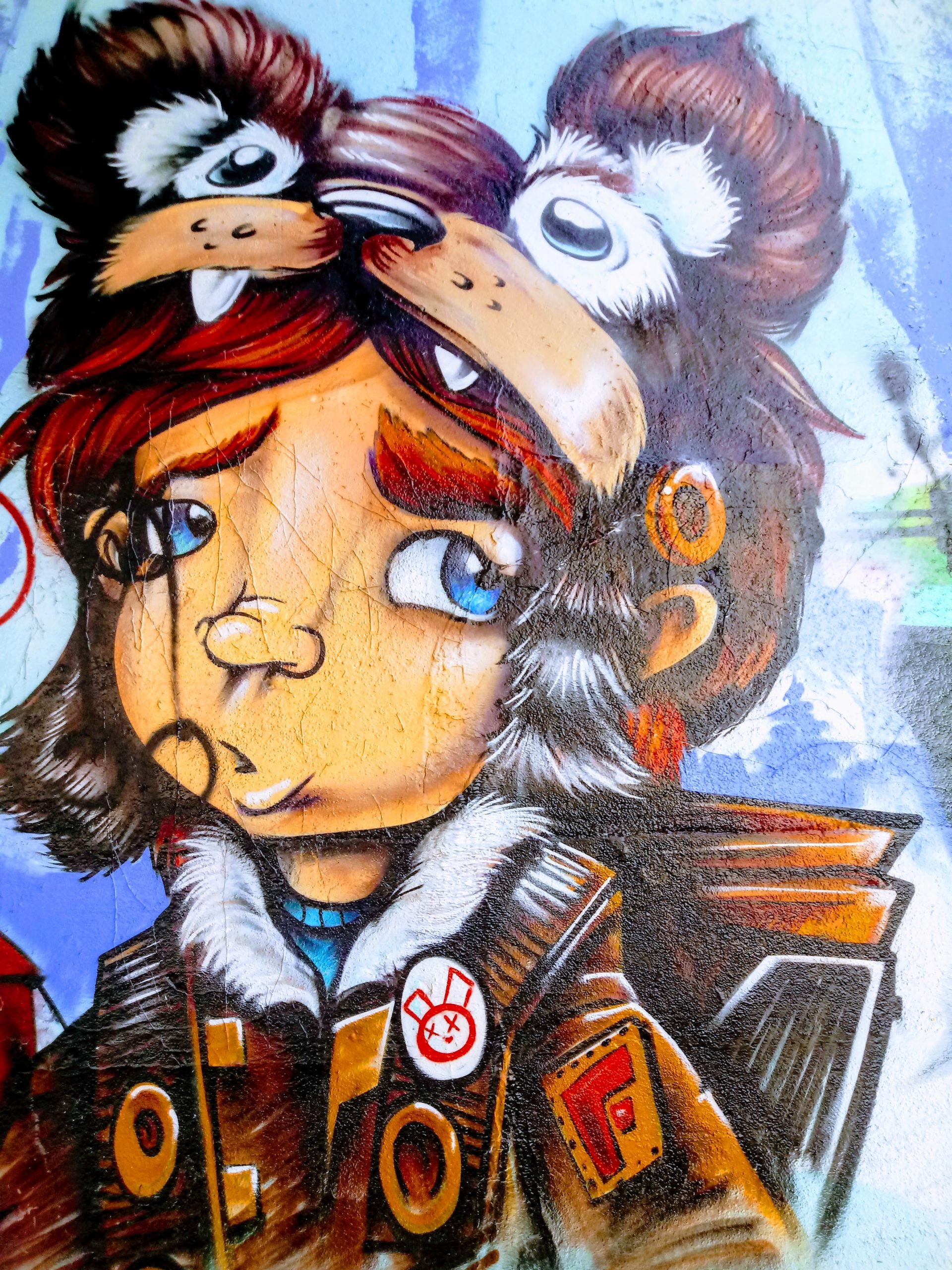They’re cute, but they’re sticky. And busy little hands tend to be covered in germs
As simple as it is, kids don’t always want to wash their hands, yet it’s the best way to prevent seasonal sickness like colds and the flu. If you’re a parent to younger children, you may relate to the uphill battle of routine hand washing.
Observed the first week of December, Handwashing Awareness Week helps people remain healthy one hand wash at a time.
In this blog, we’re bubbling up some of the best ways to help the youngsters prevent the spread of germs and infection while building
healthy hygienic habits with handwashing.
When Should Children Wash Their Hands?
At first, children might need frequent reminders of how and when to wash their hands. Remind them it’s most important to lather up:
- After playing with a pet
- After coughing, blowing the nose, or sneezing
- Before touching food or eating
- After using the restroom
- After outdoor play
Germs may jump on foods and drinks before consuming them or be transferred to objects like toys and handrails. Without realizing it, children are more apt to touch their eyes, nose, and mouth. Germs can get into the body through these places and make them sick.
Parent Pro-tip: Take the time to remind your kiddos to avoid touching their eyes, nose, and mouth, especially after washing up. If they are reminded enough to not touch, they’ll build a long-lasting healthy habit.
When Should Kids Start Handwashing?
No matter what age, handwashing is a must! Help your little ones build good handwashing habits at an early age. Even babies, who put their hands in their mouths, can use a good scrub to keep germs away. Obviously, helping happens for newborns with much assistance from care providers.
Hands-on handwashing help will allow kiddos to become independent hand washers. But “quality checks” will help kids continuously learn and grow.
What are some fun ways to learn?
Stick to the basics! Children learn best when kept simple. Practice these five easy steps to handwashing:
- Wet – Place hands under warm water to get them wet.
- Lather – Create a nice foam with liquid soap.
- Scrub – Spend 20 seconds, scrubbing all sides of the hands. Don’t forget in between fingers, under the nails, and the back of hands.
- Rinse – Make sure all soap heads down the drain.
- Dry – Pat dry with a clean towel.
It’s best to wash hands with soap and water, but sometimes those supplies aren’t always around. Grab a gel hand sanitizer (which works better than foam) and let it dry completely before touching anything to make sure it’ll work adequately against germs.
What are Ways to Make Hand Washing Fun?
Here are seven ways to make hand washing more fun (and less of a chore).
- Sing a Song (for 20 seconds)! Whether it’s “Row, Row, Row Your Boat,” or “Happy Birthday,” singing a song (twice) can make the recommendation of 20 seconds long pass quickly. This is the amount of time that it takes for germs to pack their bags and head down the drain! Need a little help, check out this video and sing along with the kiddo’s while washing everyone’s hands: https://www.youtube.com/watch?v=Vl6r3ae0Xls
- Reward good habits with a sticker chart. Creating a plan for handwashing will help make a long-lasting, healthy habit. When they wash their hands, they get a sticker, and then they can collect a reward. Do this until the act becomes customary.
- Put the “FUN” in “FUNCTIONAL” with Fun Soaps. Some soap bars make handwashing an enjoyable habit for kids. Surprise them with smell-good suds or bars with hidden toys inside.
- Crackdown on germs with a quirky soap container. Grab an animal-themed dispenser and tell them to make the corresponding animal sound when they push down on the lever. Ribbit! Ribbit! Soap pump bottles are a stylish and practical way to gain children’s interest in healthy habits.
- Glowing gels, like Glow Germ, help teach kids how to wash their hands properly. Put the gel on their hands, rub them together, and let them touch things. The backlight enables them to see how dirty things got without touching their hands. If you want, you can have kids lather up with the super glowing gel and then wash their hands the best they can. Afterward, use the backlight on their hands to see where else is dirty (which helps identify areas of improvement).
- Glitter! Glitter! Glitter! You don’t have to buy fancy kits to teach kids how to wash their hands. Grab some glitter from the craft cabinet (or from the dollar store) and place a little bit on their hands. Allow them to play, but check on them later to allow them to sleuth out where the glitter has gone! It’s most likely not on their hands anymore. An exercise like this will help kids understand where germs go if handwashing doesn’t happen.
- Washable Marker Trick! Draw a smiley face on the back of your child’s hand with a washable marker. Tell them they will need to wash their hands until he disappears.
Believe it or not, handwashing makes a big difference in improving your health and avoiding seasonal sickness. Make sure to set a good example by talking about proper practices and setting an example by washing your own hands frequently. It’s essential to hit the sink regularly, but it can be a tedious challenge for kids (and some adults). Making things fun makes things memorable. We hope these tips make handwashing a healthy (and fun) hygiene habit for years to come.


